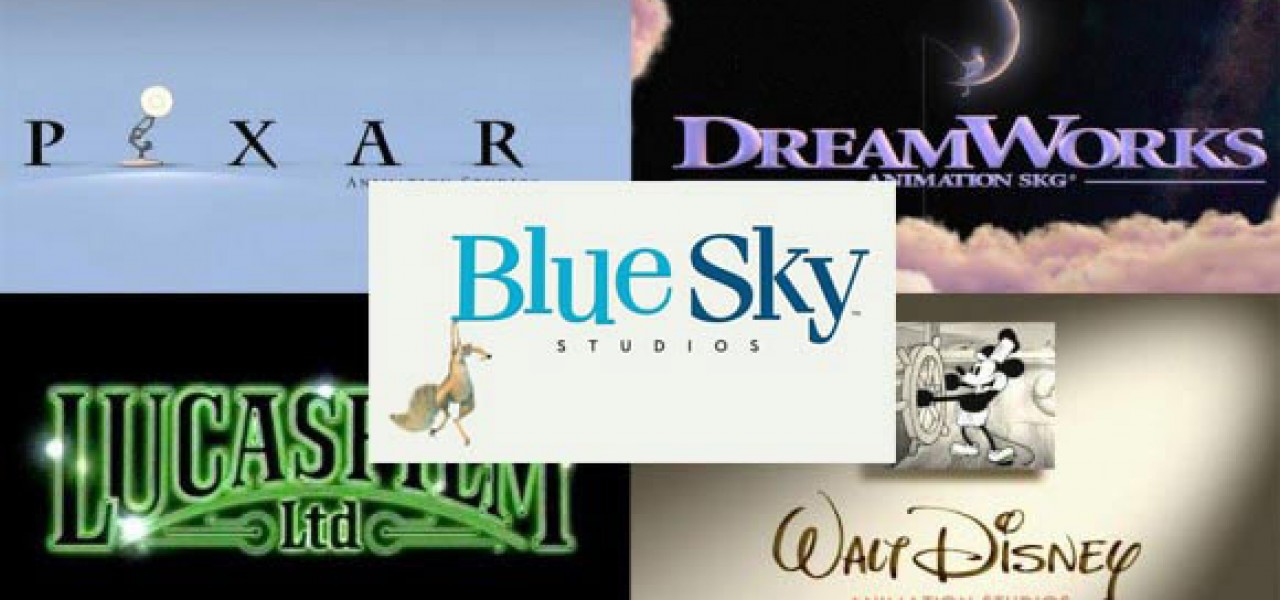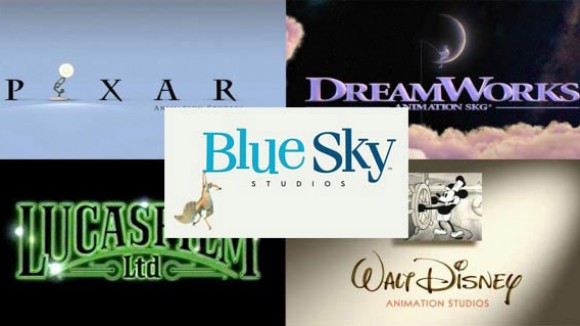

Judge Rules Disney, Pixar, DreamWorks, Sony, and Other Studios Can’t Evade Wage-Fixing Lawsuit
Score one for the artists.
In the ongoing legal battle being waged by animation artists Robert A. Knitsch, Jr. Georgia Cano, and David Wentworth against the major animation studios — Disney Animation, Pixar, Blue Sky Studios, DreamWorks, Sony Pictures Animation, Sony Pictures Imageworks Inc., and Lucasfilm Ltd., among others — the federal judge in the case has rejected the studios’ latest attempt to dismiss the case. The case will now advance, potentially to trial.
The plaintiff animation artists, who seek to represent everyone who worked at the defendants’ studios from 2004 to the present in a class-action suit (excluding officers, directors, and executives, including human resources and recruiting personnel), allege the studios conspired to suppress artist wages and then fraudulently concealed the conspiracy.
Specifically, the artists claim that, when Lucasfilm sold its computer animation division, soon to be renamed Pixar, to Steve Jobs in the mid-1980s, Jobs, Pixar president Ed Catmull, and Lucasfilm founder George Lucas agreed not to pursue each others’ artists.
 SEE ALSO: Ed Catmull on Wage-Fixing: “I Don’t Apologize for This”
SEE ALSO: Ed Catmull on Wage-Fixing: “I Don’t Apologize for This”
As the animation industry exploded with the rise of computer animation, and as an industry that had once been dominated by Disney saw the rapid sprouting of animation studios such as DreamWorks, Blue Sky Studios, and Sony Animation, more and more studios were brought into the conspiracy. A 2005 email from Pixar’s vice president of human resources, Lori McAdams, for example, actually refers to a “gentleman’s agreement” among “ILM, Sony, Blue Sky, etc….not to directly solicit/poach from their employee pool.”

Soon, Jeffrey Katzenberg’s DreamWorks Animation was also brought into the fold. According to the artists, a 2007 email from Catmull to then-Disney chairman Dick Cook, stated, “we have an agreement with Dreamworks not to actively pursue each other’s employees.” Perhaps the studio executives remembered all too well the bidding wars for top artists that broke out in the mid-1990s when Katzenberg founded DreamWorks Animation. The competition for talent led to higher and higher wages for the artists. The studios, ever focused on maximizing corporate profits, likely did not want that to happen again.
Even so, on April 3, 2015, Judge Lucy H. Koh ruled against the artists, stating that their lawsuit, filed in September of 2014, came too late. Because federal antitrust law requires most claims to be filed within four years, and because the studios’ allegedly conspiratorial actions occurred prior to 2010, the judge ruled that the law still required that she dismiss the case.
However, there remained one hope: the claim of fraudulent concealment of the conspiracy. Because fraud is especially reprehensible, federal law allows a claim of fraud to be filed not four years after the fraudulent act, but four years after the victim discovered the fraudulent act. (The conspiracy was only discovered last year through Ed Catmull’s deposition testimony from an earlier case.)
To allow the case to move forward, Judge Koh needed evidence of “affirmative acts to mislead” beyond “mere passive concealment.” The artists accordingly revised their complaint and now allege that the defendant studios fraudulently concealed the conspiracy by actively avoiding the creation of a paper trail and by giving employees dishonest pretextual or even outright false explanations for compensation decisions.
Among the evidence they cite is a 2009 email from Catmull to Pixar employees explaining that wages would only be raised by 3.5% because the studio needed money to fund additional benefits; the artists allege the true reason for the low pay raise — this, in the wake of the success of 2008’s WALL-E and 2009’s Up — was the conspiracy to avoid soliciting and poaching artists among the various animation and visual effects studios.
The artists also allege that the studios carefully ensured that all discussions involving the wage fixing took place in person or over the phone — and if an email was necessary, then only personal email accounts were used, avoiding the internal corporate email accounts that might prove discoverable in a lawsuit. The artists cite deposition testimony from Sharon Coker, one-time Industrial Light & Magic, Disney, and ImageMovers human resources honcho, that the gentleman’s agreement among the studios was never written down, that Pixar’s Lori McAdams chose in-person meetings to discuss salary matters, and that Lucasfilm allegedly required its lawyers be notified should an email be discovered that discussed the anti-solicitation agreements, which the studio code-named “DNR” agreements.
If these allegations prove true, then the studios likely illegally suppressed the wages of thousands of industry artists by preventing them from earning the wage the free market might otherwise have offered them. The studios could be liable for the lost wages their conspiracy caused. A related case involving a Justice Department investigation of Pixar, Lucasfilm, and several Silicon Valley tech companies, including Apple, Google, Intel, and Adobe Systems, resulted in a settlement worth over $415 million (although Pixar and Lucasfilm agreed to a settlement of only $9 million).
